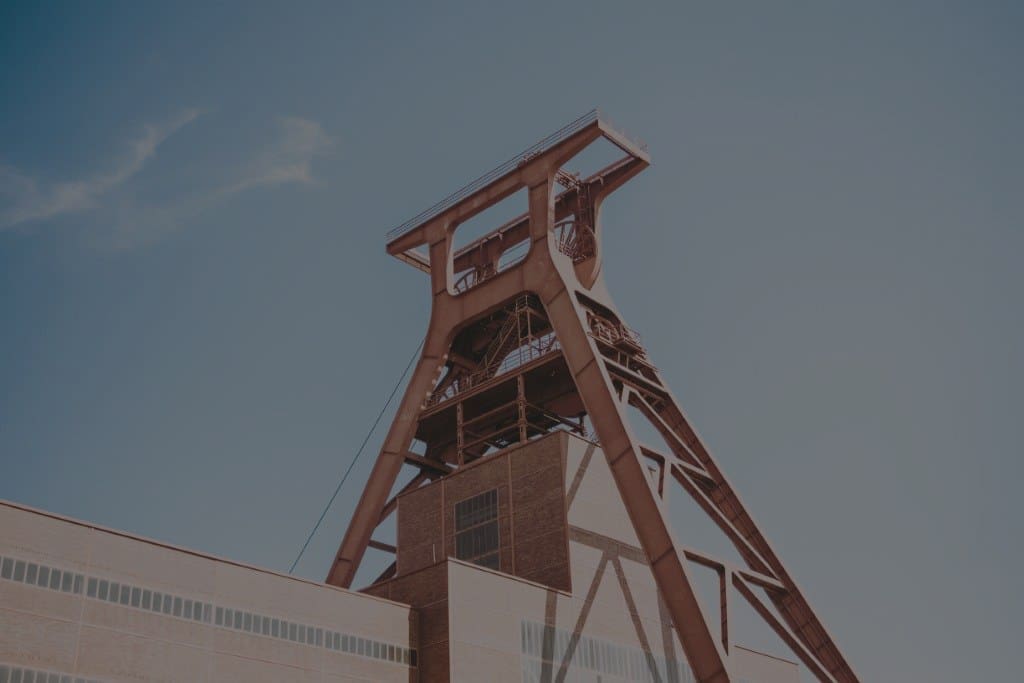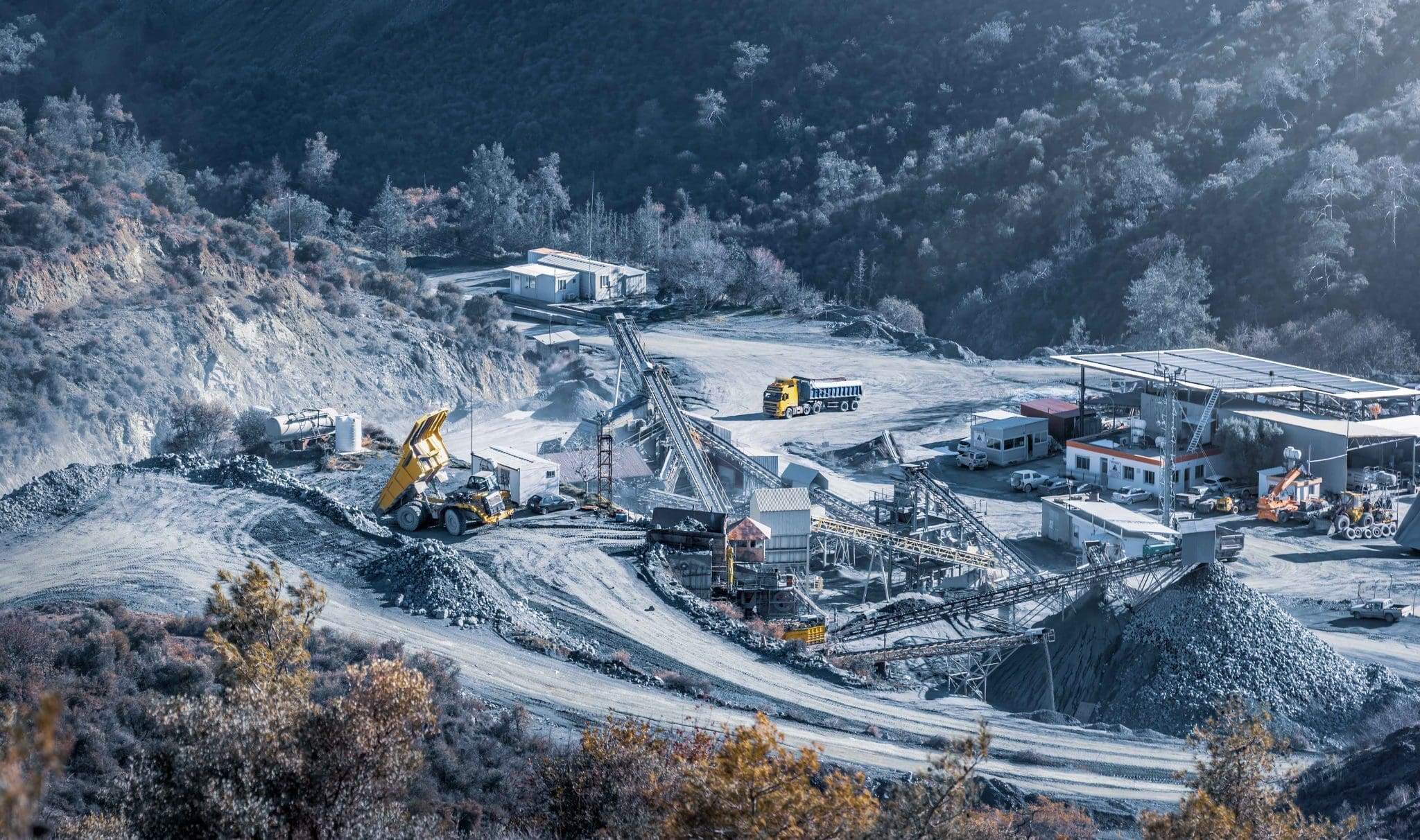2019 is likely to be an important year for the South American mining industry, as companies explore the region’s untapped potential. But, with metal prices likely to remain stagnant and rising concerns about global economic growth and commodities demand, mining companies could experience a flat year in terms of earnings and spending.
A more cautious market has slowed down the development of new projects in recent years, but it has also made many mining companies more focused on optimising operations and cost savings.
In this environment, companies need to more effectively manage the mining supply chain in order to make sure they are working efficiently. For both established mining companies and new entrants to the market, this period of change presents some challenges but also a number of opportunities.
A changing industry
The end of 2018 saw metal prices fall, and while the outlook for 2019 doesn’t suggest they will continue to drop, they are unlikely to climb substantially. Prices for copper, gold, silver, zinc and iron – all of which are important products for the South American mining industry – are all starting 2019 lower than the beginning of 2018.
It is not just prices that are driving change. A trend towards higher labour costs and lower productivity has seen South American mining start to lose price competitiveness with other regions. The national copper commission of Chile found that the country’s operations are employing more than double the number of people to maintain and operate trucks than Australian operations do.
Developments in other parts of the global economy are also causing South American mining companies to tread more carefully. In particular, the effect that continuing China-US trade wars could have on prices and operational costs. Our research has found that 80% of the commodity codes we track, including heavy industry and services, are likely to be affected by the introduction of a 25% tariff on steel and a 10% tariff on aluminium. The effects look set to be so widespread that even industries not directly related to these metals will be impacted.
The culmination of these factors is a serious lack of investment in projects, particularly in those relating to exploration. This is not just down to near-term price uncertainty, but projects are facing increasing challenges in moving online. New projects in South America are also experiencing a decline in ore grades, which leads to higher capital intensity and footprints and makes it harder to ensure the kind of returns that operators need.
Exploring opportunities
These factors seem to make new exploration projects in South America an important priority for buyers, despite price and cost pressures. Many areas of the region are still largely unexplored, and the sector has not seen the kind of activity that areas like Canada and Australia have. 2019 could be an important year that sees buyers laying the groundwork for future growth.
And we expect to see a lot of opportunities for buyers. The region already produces 45% of global copper, 50% of silver, 26% of molybdenum, 21% of zinc and 20% of gold. With significant amounts of territory still unexplored, the region could become an even more important base for world metal supply than it already is.
Large-scale exploration projects are beginning to appear across South America. Brazil is preparing to auction off six previously unexplored areas in 2019, which its geological service believes have significant potential to produce large amounts of copper, gold, phosphate and other minerals. In 2017, over 300 companies invested $2.8 billion in exploration projects in Chile, Peru and Mexico. Ambitious buyers aiming to expand their operations should be able to find opportunities if they can successfully navigate the challenges the region presents.
An important part of this process is taking a more proactive approach to mining supply chain management. In a sector like mining, an effective supply chain helps to not only give operators a competitive advantage, but it can also make them more productive and efficient.
Reducing costs
Building the right kind of partnerships requires suppliers to demonstrate their value. This is where we come in – we help leading South American buyers and operators like Chinalco, Tahoe, Antamina and Anglo American find exactly the right kind of suppliers. When supply chains are built on good relationships, both buyers and suppliers can work together to streamline and integrate their processes as well as potentially negotiate price concessions.
Increasing visibility
Mining companies with multiple supply chains across different sites can often find that information quickly becomes siloed. Different teams may be using different systems and relationships with suppliers may be managed in distinct ways. This can quickly lead to inefficiencies and draining of resources.
An IBM survey found that 75% of the mining and metals supply chain report visibility as their main challenge. We help create a clear view of the supply chain by getting everyone in the same place and making it simple to communicate. We also make sure information is always accessible to the people that need it.
Driving efficiencies
Our communities support the creation of more efficient supply chains all over the world. Buyers and suppliers work from a foundation of common metrics, trust and shared information to make it easier to increase productivity and break down silos.
By ensuring that the suppliers in our communities meet the needs of buyers and regulators, we make it simpler to create mining supply chains that are ready to take advantage of the opportunities that 2019 presents for buyers in the South American mining industry.


